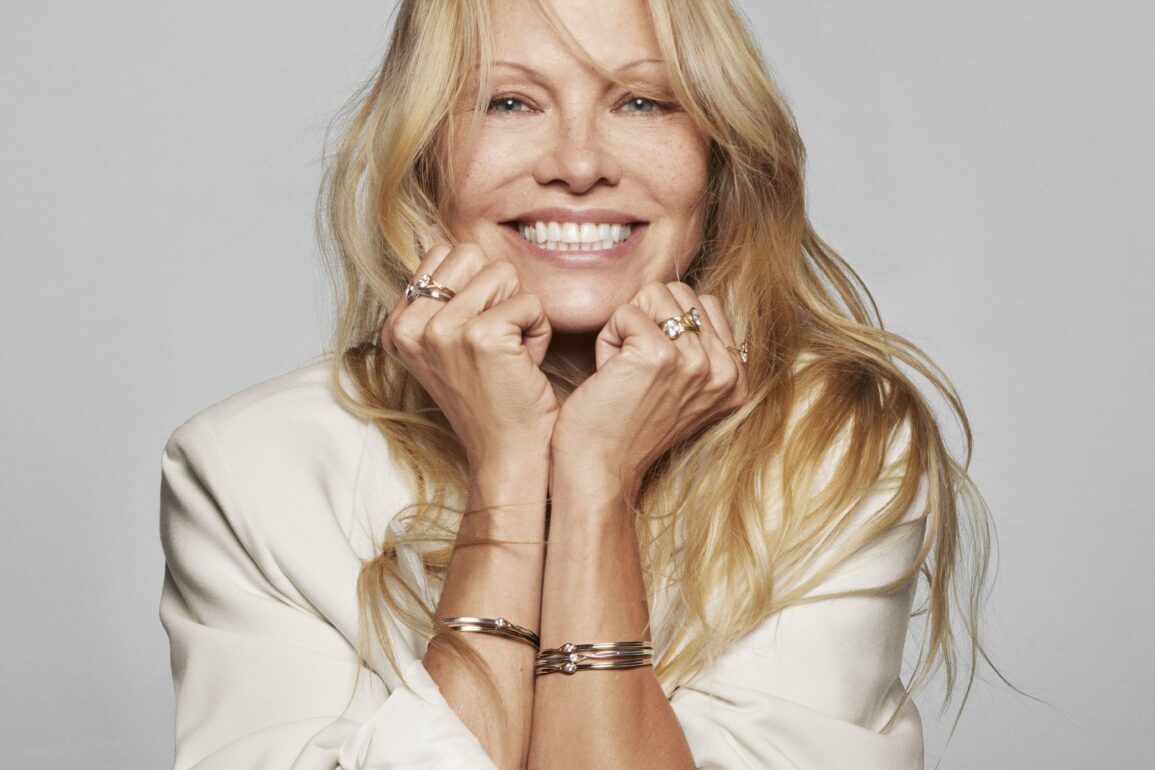Editor’s Note: This article was originally published by Business of Fashion, an editorial partner of CNN
CNN
—
In New York, a stretch of 47th Street is known as the Diamond District for the countless gem shops and appraisers that occupy just about every storefront and office. Some 40 blocks south, Pandora recently brought to life a competing vision for how stones are made, bought and sold.
During New York Fashion Week at the start of September, the jewelry retailer shut down the busy thoroughfare of Astor Place to host a splashy party it dubbed the “lab-grown diamond district,” attended by fashion insiders and stars like Pamela Anderson, the face of the brand’s latest campaign.

Pandora was never a big player in the diamond category. It built its jewelry brand — one of the world’s biggest with nearly $4 billion in revenue last year — on charm bracelets that sell for under $100. But the surging popularity of lab-grown stones, which are structurally identical to mined diamonds but sell for a fraction of the price, has opened the doors for even relatively low-cost brands to offer serious bling.
The company isn’t the only one seeing big sales from this category: Lab-grown diamond brand Brilliant Earth saw a 15.7 percent net sales increase in 2022, to $440 million. Dorsey, another exclusively lab-grown jewelry brand, sold over a million stones last year.
Brands like these are changing how the jewelry business works: pieces typically fall into certain categories based on the types of materials used and the prices charged. Diamonds were the ultimate luxury signifier, their trade dominated by small, bespoke businesses or big brands like Tiffany and Cartier.
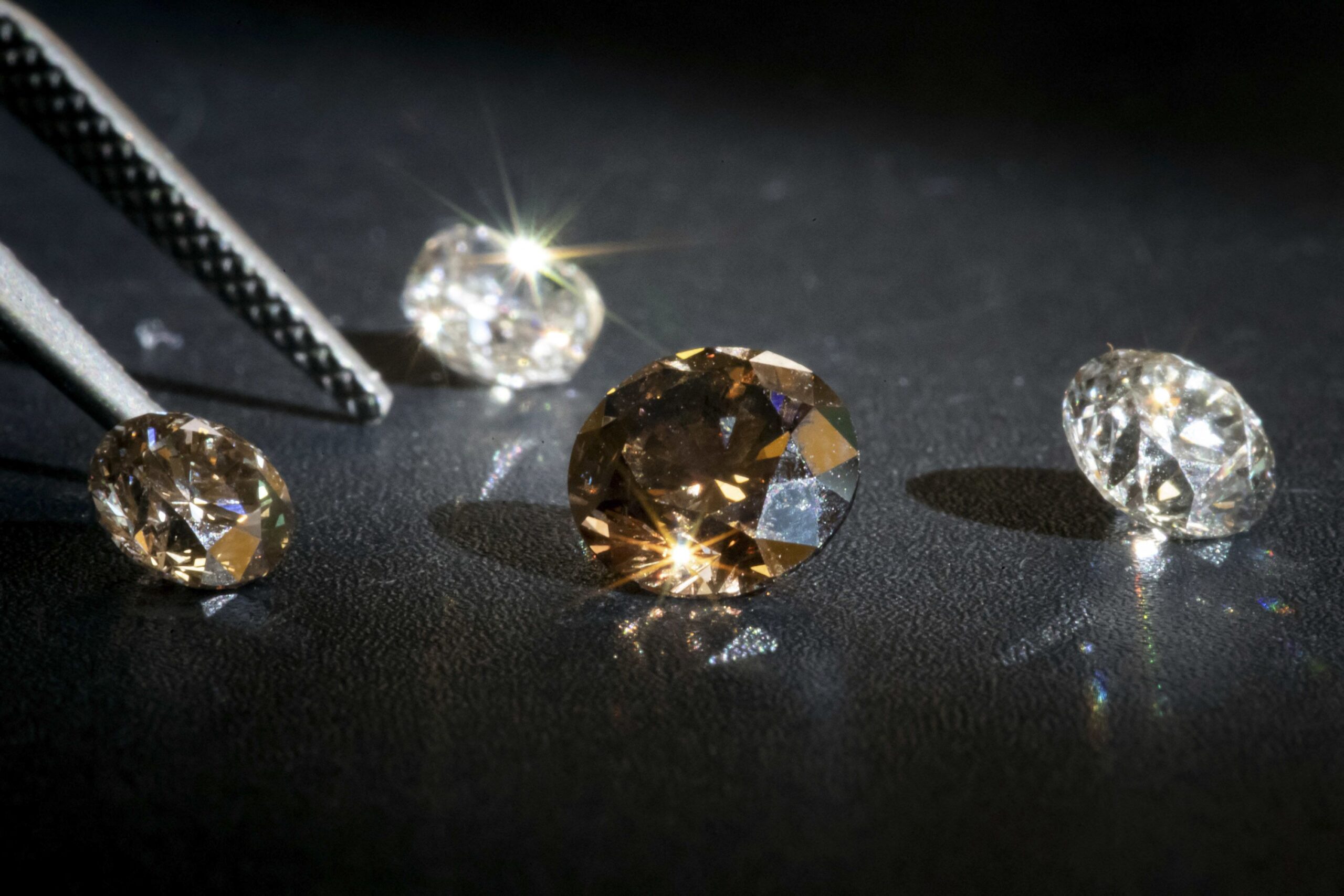



Lab-grown stones have erased some of those distinctions. First developed in the 1980s, they are produced by exposing pure carbon to a large amount of heat and pressure in a metal cube, eventually creating a diamond. They are virtually indistinguishable from the traditional kind; realizing this, the diamond industry has invested in marketing designed to create two categories of stones in the minds of consumers.
Those efforts haven’t worked, at least not for the most price-conscious consumers: a Tiffany tennis bracelet runs north of $20,000, while a bracelet containing similar, lab-grown carats from Brilliant Earth is $3,450.
According to jewelry industry analyst Paul Zimnisky, sales of these man-made diamonds have increased from under $1 billion in 2016 to just under $12 billion in 2022. They represent just over 17% of the overall diamond market, according to diamond research firm Edahn Golan. The rate of growth is accelerating: Lab-grown sales shot up 38% from 2021 to 2022.
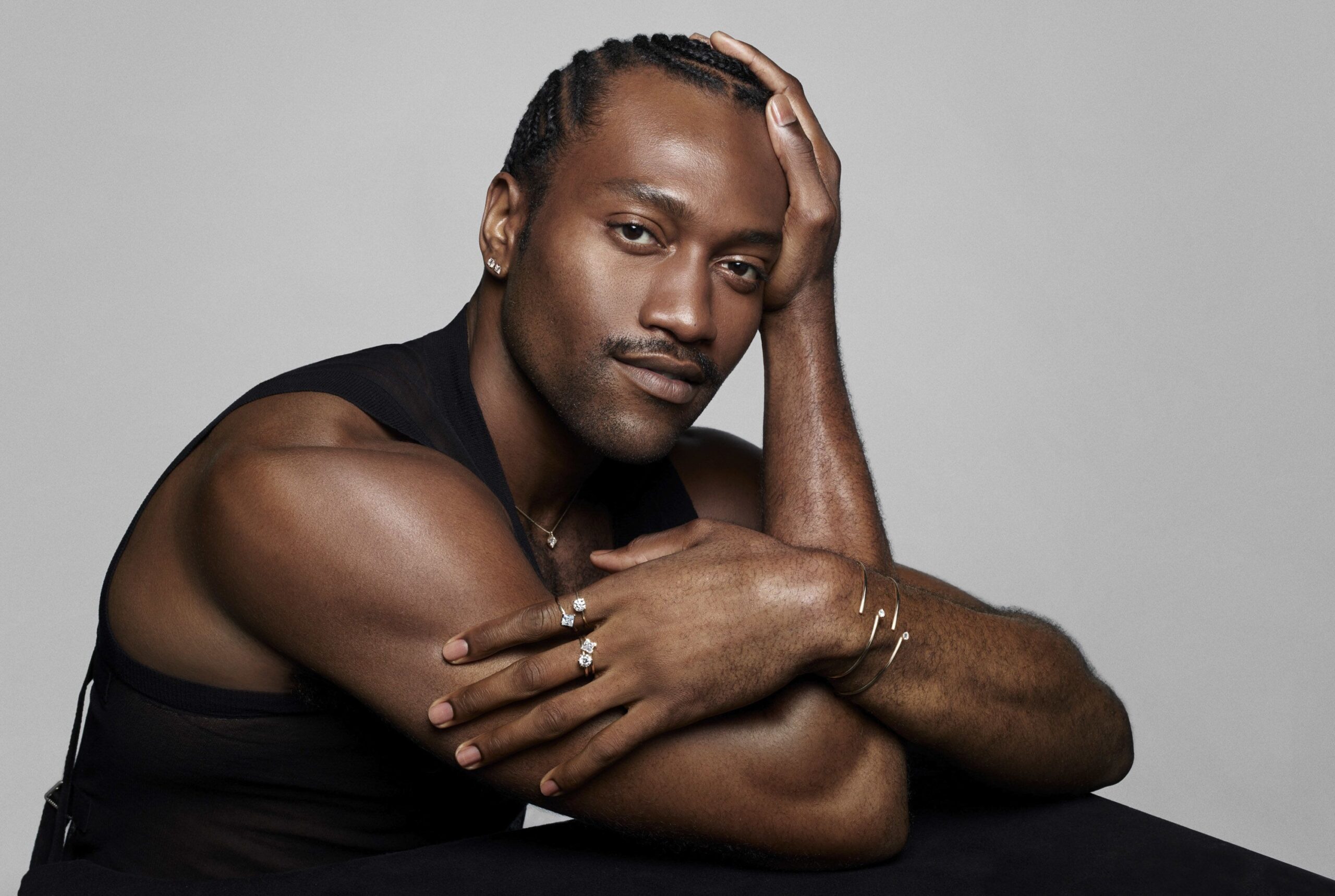



The rapid rise of lab-grown stones is reverberating across the market. Pandora has raised its sales outlook twice this year, and its share price has more than doubled in the past year. Meanwhile, the world’s largest diamond producer and distributor De Beers is cutting prices of mined stones by as much as 40 percent due to falling demand for traditional diamonds.
“For most people, a diamond is a diamond, and what you want is the wonderful sparkle and the beauty and the meaning that you can put into a diamond,” said Mary Carmen Gasco-Buisson, chief marketing officer at Pandora in an interview with the Business of Fashion.
Broadening the market
Many consumers plough the savings from buying a lab-grown diamond into more jewelry — a bigger engagement ring, for instance. The technology has also brought more shoppers into the market to buy pieces for themselves, rather than simply waiting for their partners to do so, said Dorsey founder Megan Strachan.
To reach those shoppers, brands are adjusting their marketing approach. While diamonds have always been marketed as a luxury, those ads have often been geared towards men buying jewelry for their partners. Now, jewelers are marketing to a broader set of customers, particularly women shopping for fashion items.
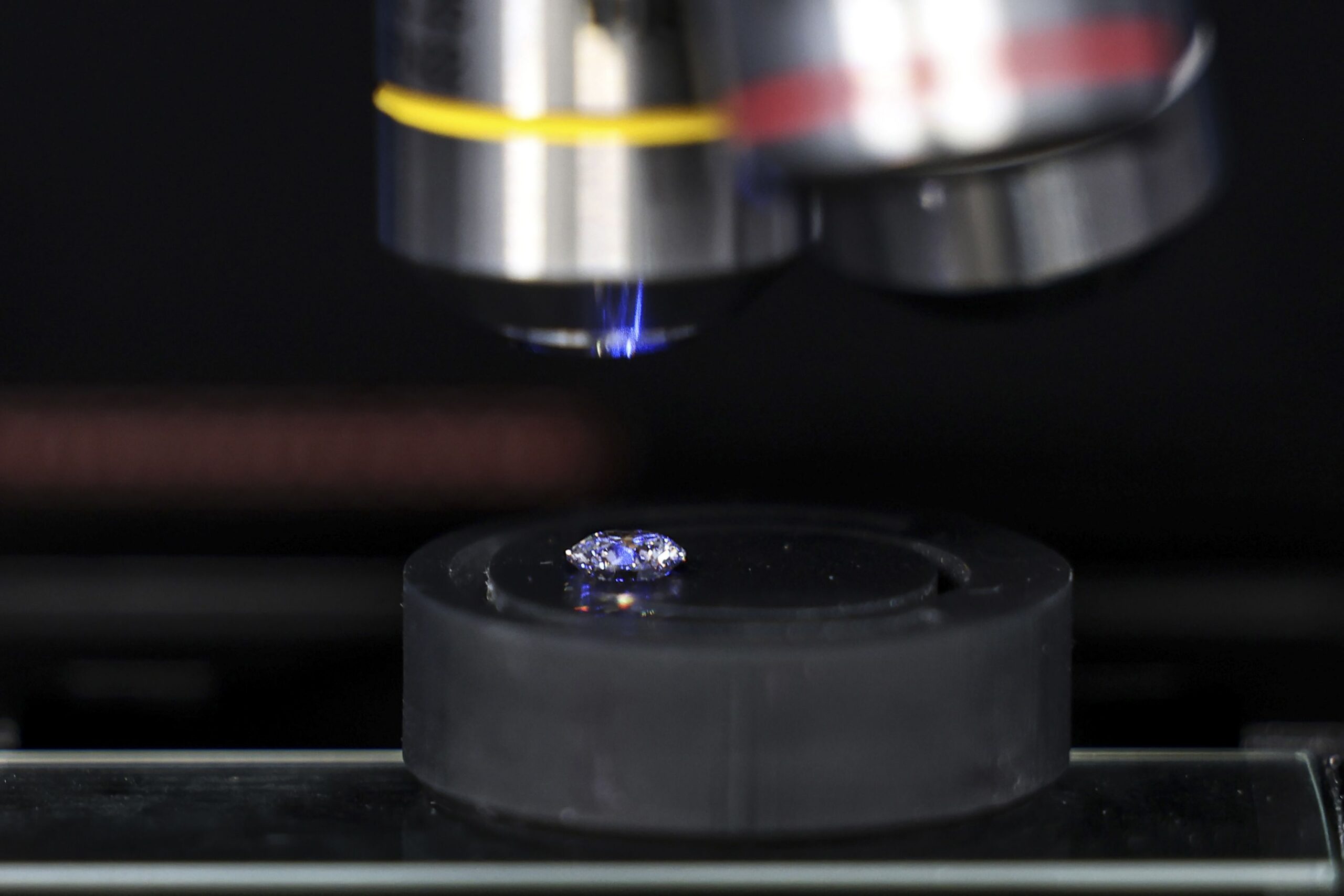



“The lab-grown diamond is not in competition with mined diamonds, it’s a complement to mined diamonds,” said Sayed Haider, COO, merchandising and operations at Diamond Nexus, which added a line of lab-grown diamonds to its offering earlier this year. “You have a beautiful engagement ring, but you want to get a matching set of earrings or a pendant … You can get all those aspirational pieces that you always wanted.”
What’s selling now
Though lab-grown engagement rings are growing in popularity, non-bridal jewelry is where many brands are seeing the most growth.
Dorsey is focused on selling items like tennis necklaces and bracelets and vintage-inspired earrings. Strachan said the decision stemmed from a feeling that there was a bigger gap to fill in everyday jewelry. As well, she added, it allows for customers to become repeat purchasers, whereas “bridal is a single purchase.”
“Every time I went into a jewelry store in the past, I always felt like I couldn’t afford it,” she said. “(Lab-grown) is democratizing something that was essentially reserved for the wealthy.”




Dorsey, which was founded in 2019, saw its sales grow 600 percent from 2021 to 2022, and is on track to double sales again this year. It’s profitable, buoyed by word-of-mouth marketing, particularly among influencers who are finding and talking about the product on their own.
Marketing around man-made diamonds often performs double duty, both selling the individual item and countering the idea that greater accessibility equates with subpar quality. Dorsey photographs its products in editorial-like spreads that would look at home in the pages of Vogue, marketing the jewelry like fashion, said Strachan. The brand’s Instagram feed is filled with sleek images of well-dressed women, including model Bella Hadid and Justin and Hailey Bieber wearing its necklaces.
“The same way that we choose our shoes, we choose our jewelry, and I felt like that’s been missed (in marketing),” said Strachan.




Pandora’s fall campaign highlighted the accessibility aspect of lab-grown stones with its tagline, “Diamonds for All,” but its fashion week event, and the hiring of stars like Anderson and model Precious Lee, shows how it too is repositioning its brand. Earlier this month, the brand unveiled a partnership with the British Fashion Council and will serve as a sponsor of The British Fashion Awards in December.
Changing attitudes
Legacy jewelry brands have been slow to embrace their new competition. Even when De Beers started to dip into the space with its sub-brand Lightbox brand in 2018, chief executive Bruce Cleaver positioned it as “affordable fashion jewelry that may not be forever, but is perfect for right now,” in a statement.
Today, more high-end companies are beginning to inch into the lab-grown market. This month, LVMH-owned jeweler Fred has been showing a new collection featuring man-made stones to high-net-worth clients to test the product with wealthy shoppers. To differentiate from the brand’s mined offering, the new assortment of diamonds are blue.
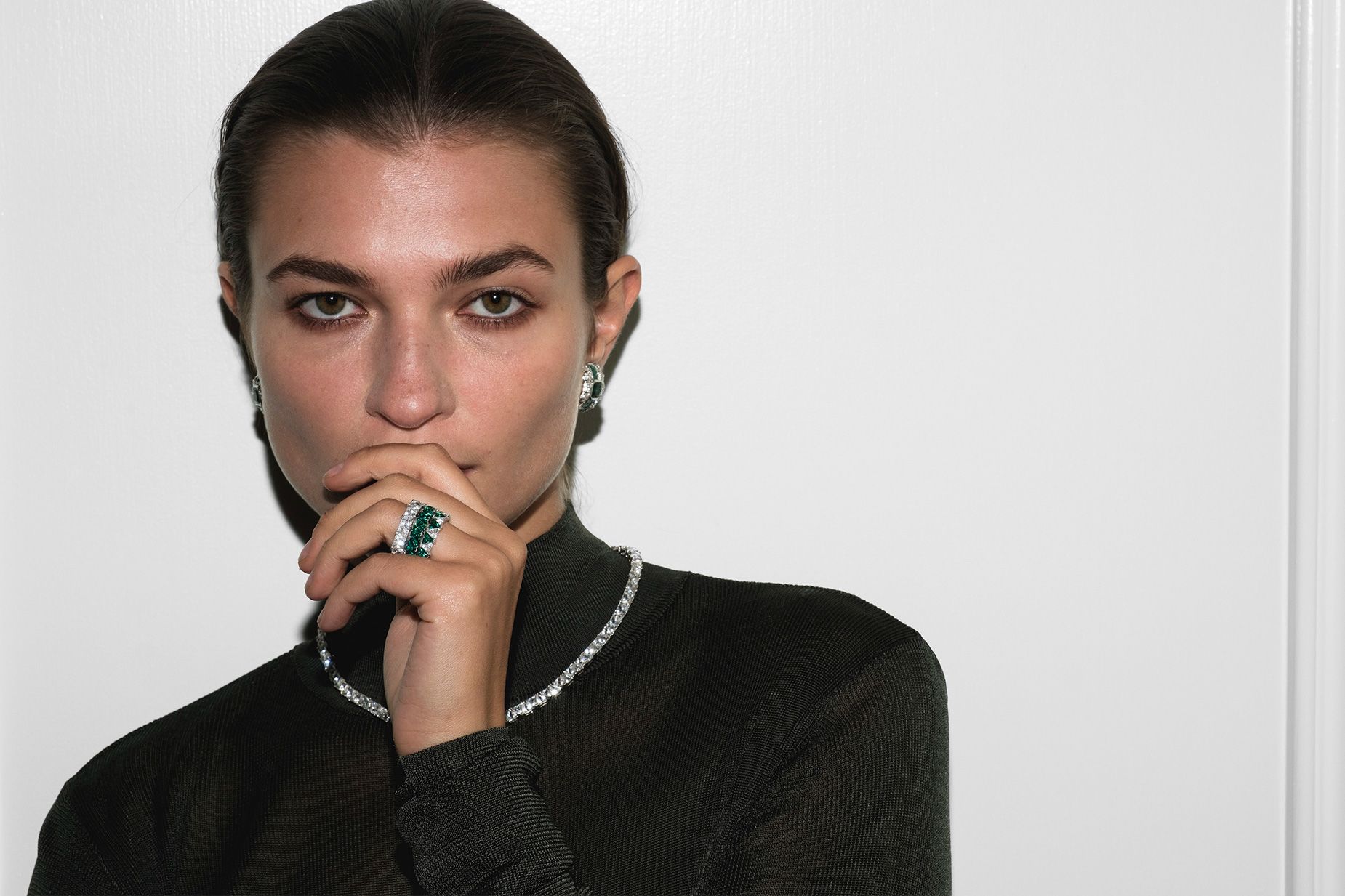



It’s become a trend legacy jewelry houses can’t ignore: According to Zimnisky, sales of lab-grown stones are likely to continue growing at an annual double-digit percentage rate in the next few years.
“What started as a skepticism, or a question of if it will be an embarrassment, now carries a sense of pride,” said Amish Shah, the founder of lab-grown jewelry brand J’evar. “It’s the diamond of the future.”
Editor’s Note: This article was originally published by Business of Fashion, an editorial partner of CNN
This post was originally published on this site be sure to check out more of their content.



